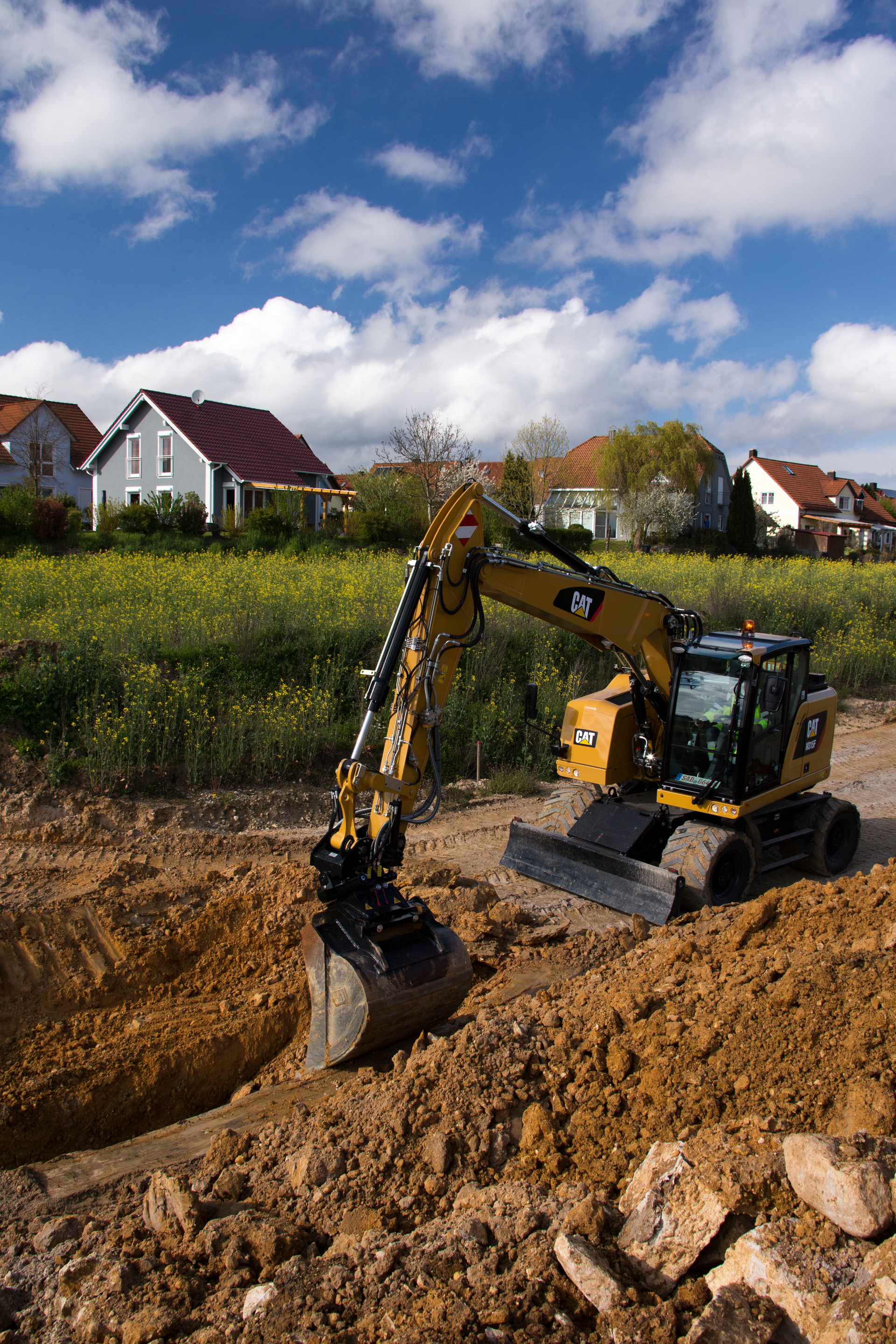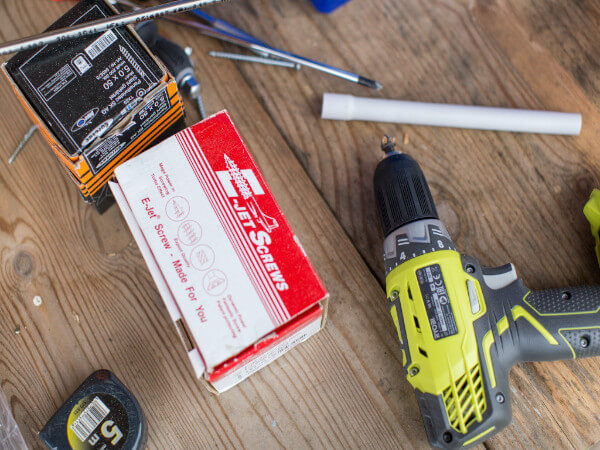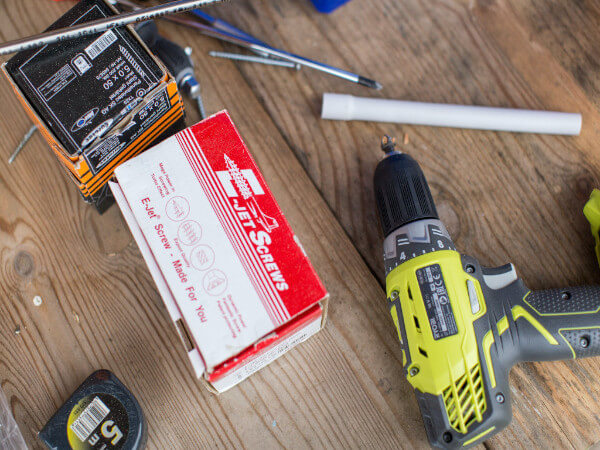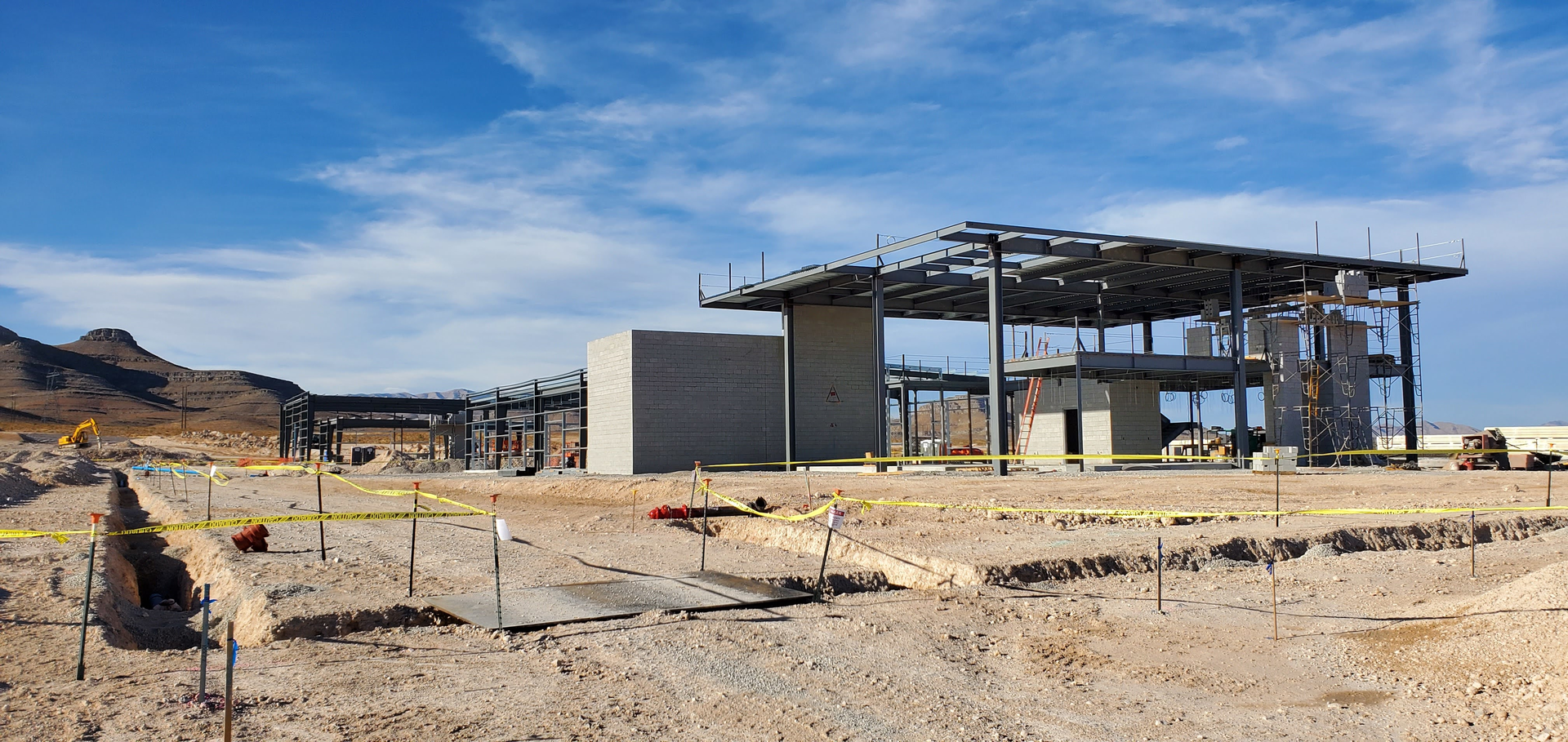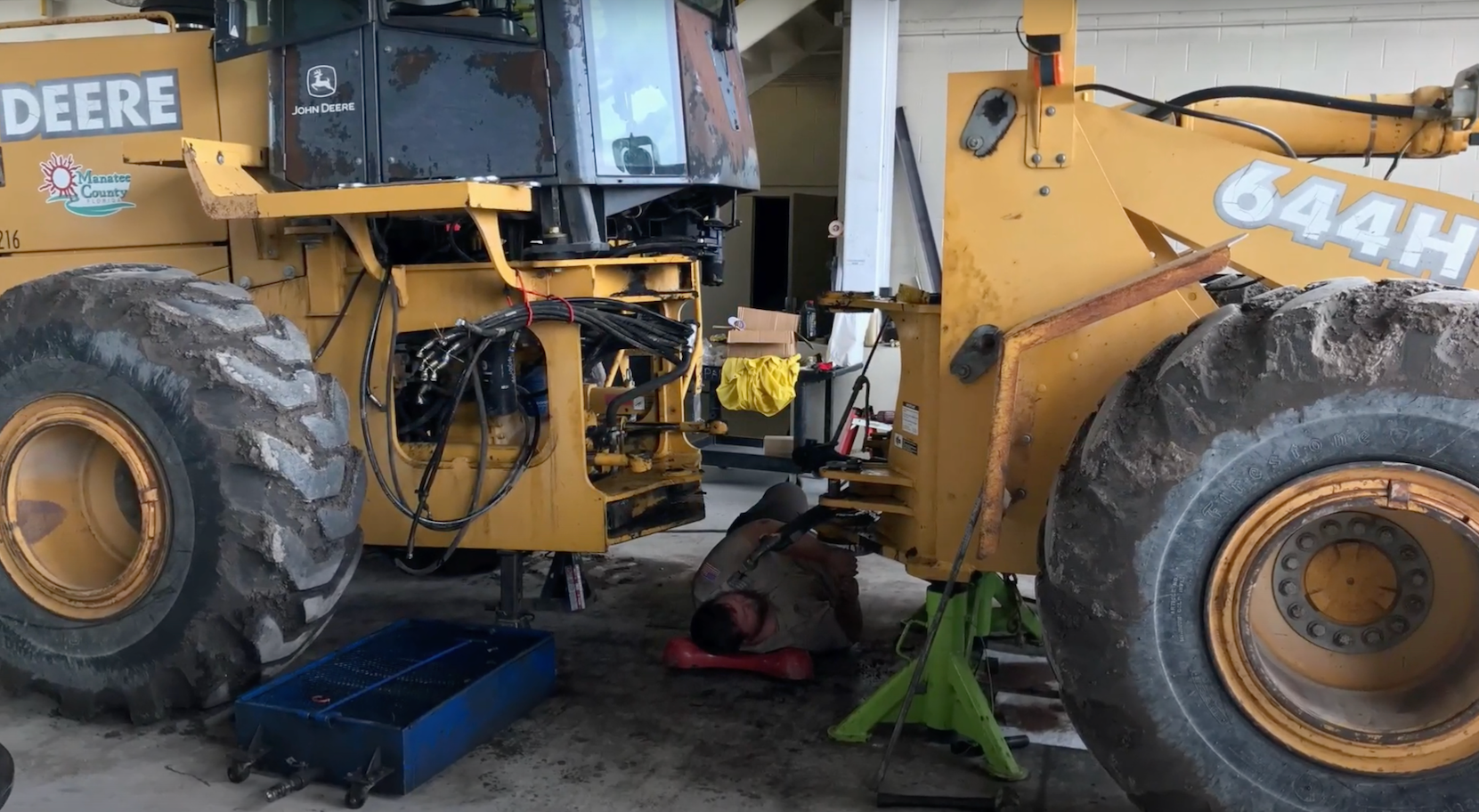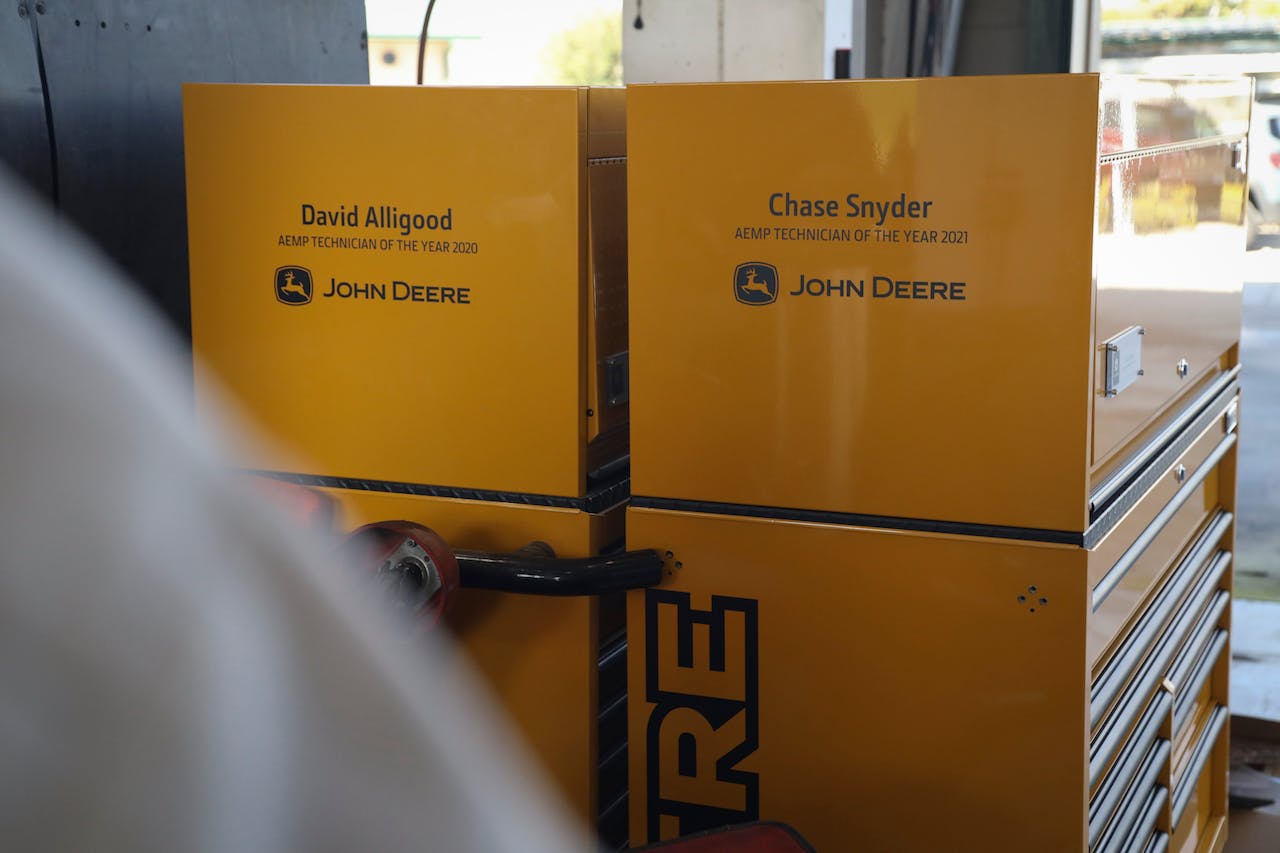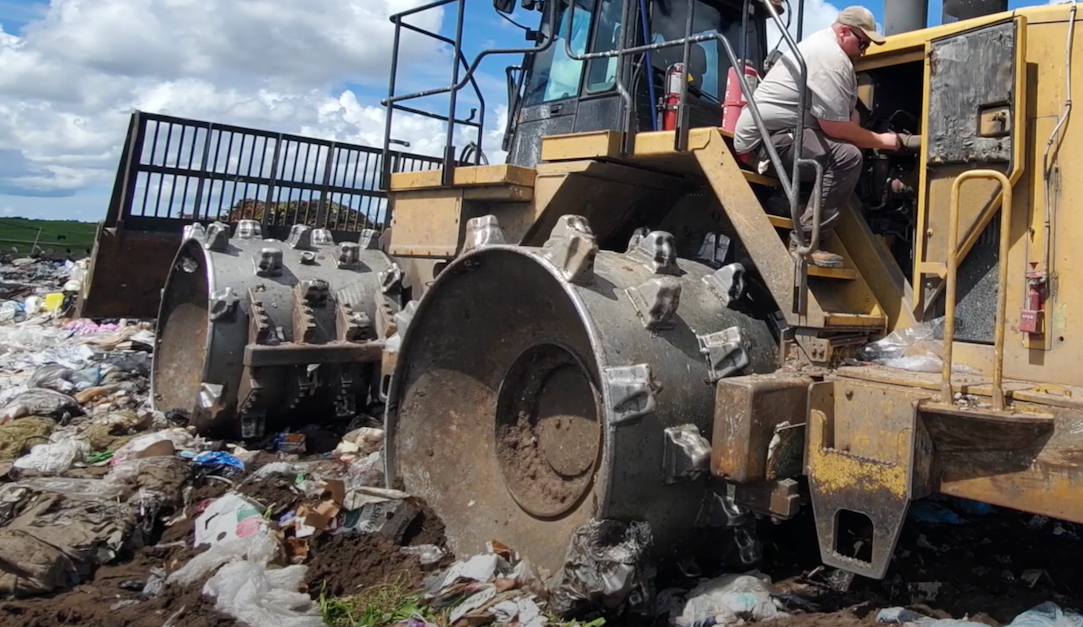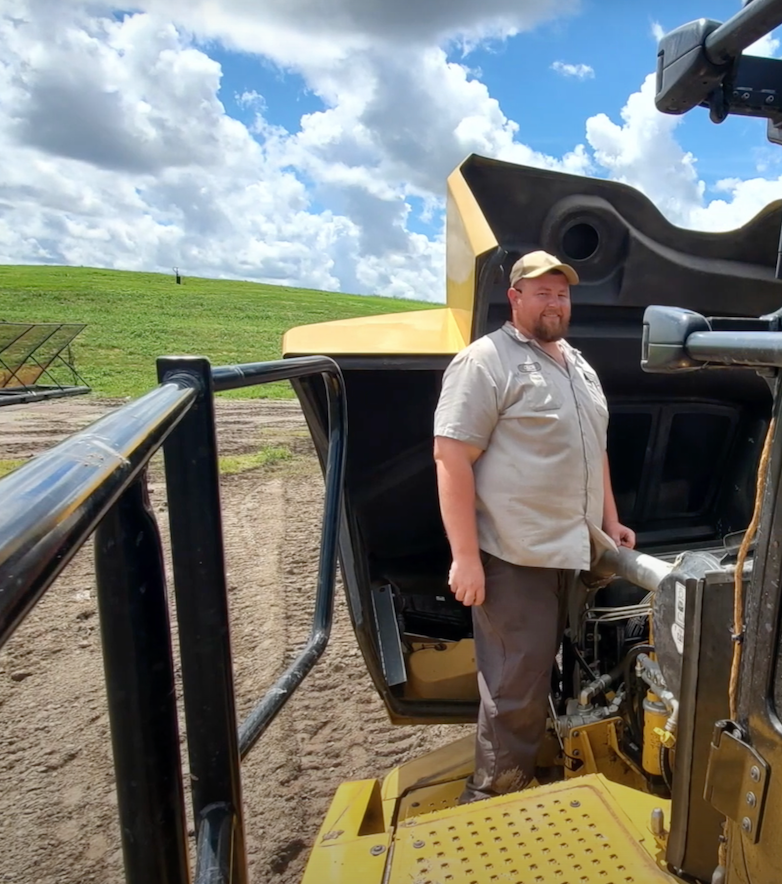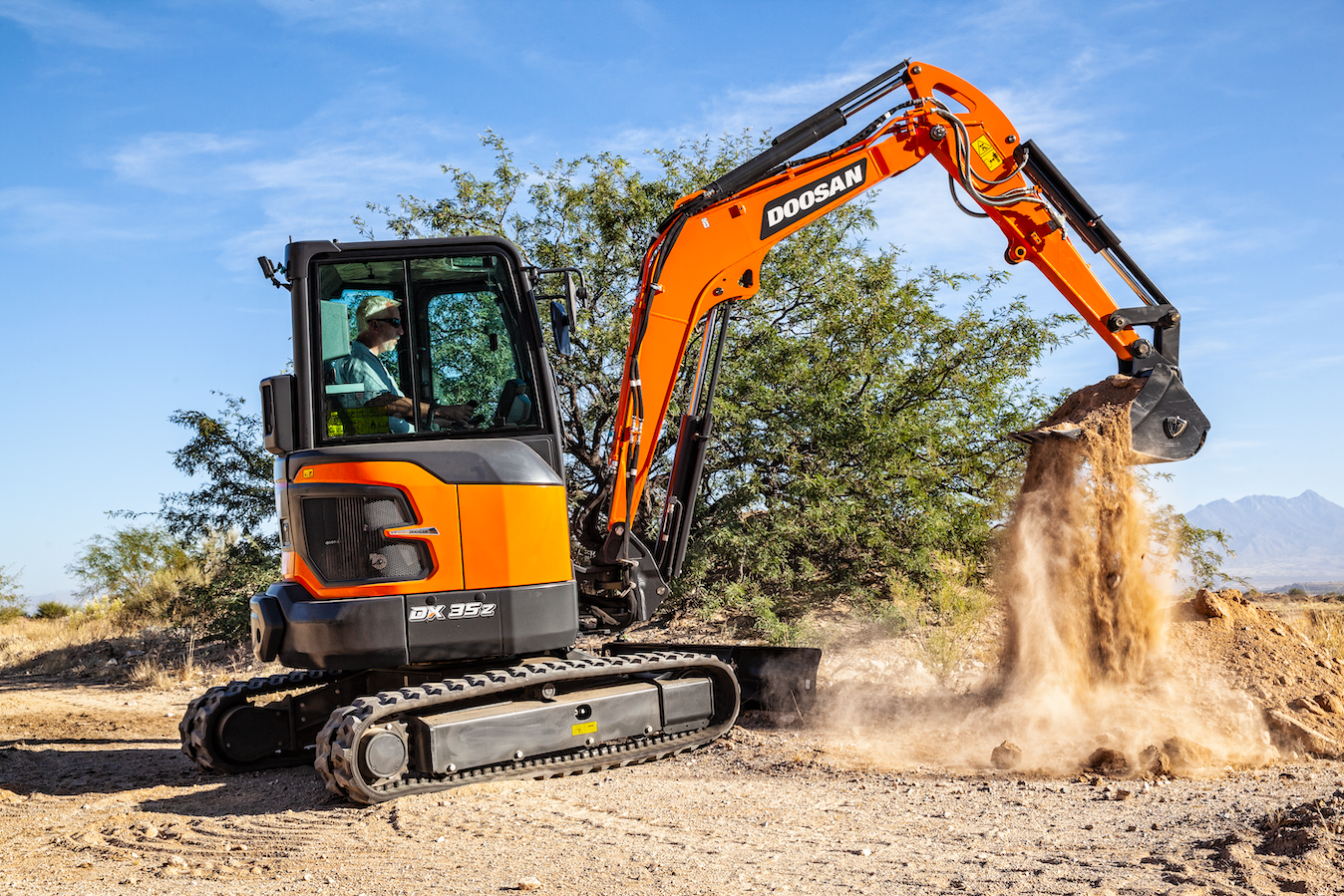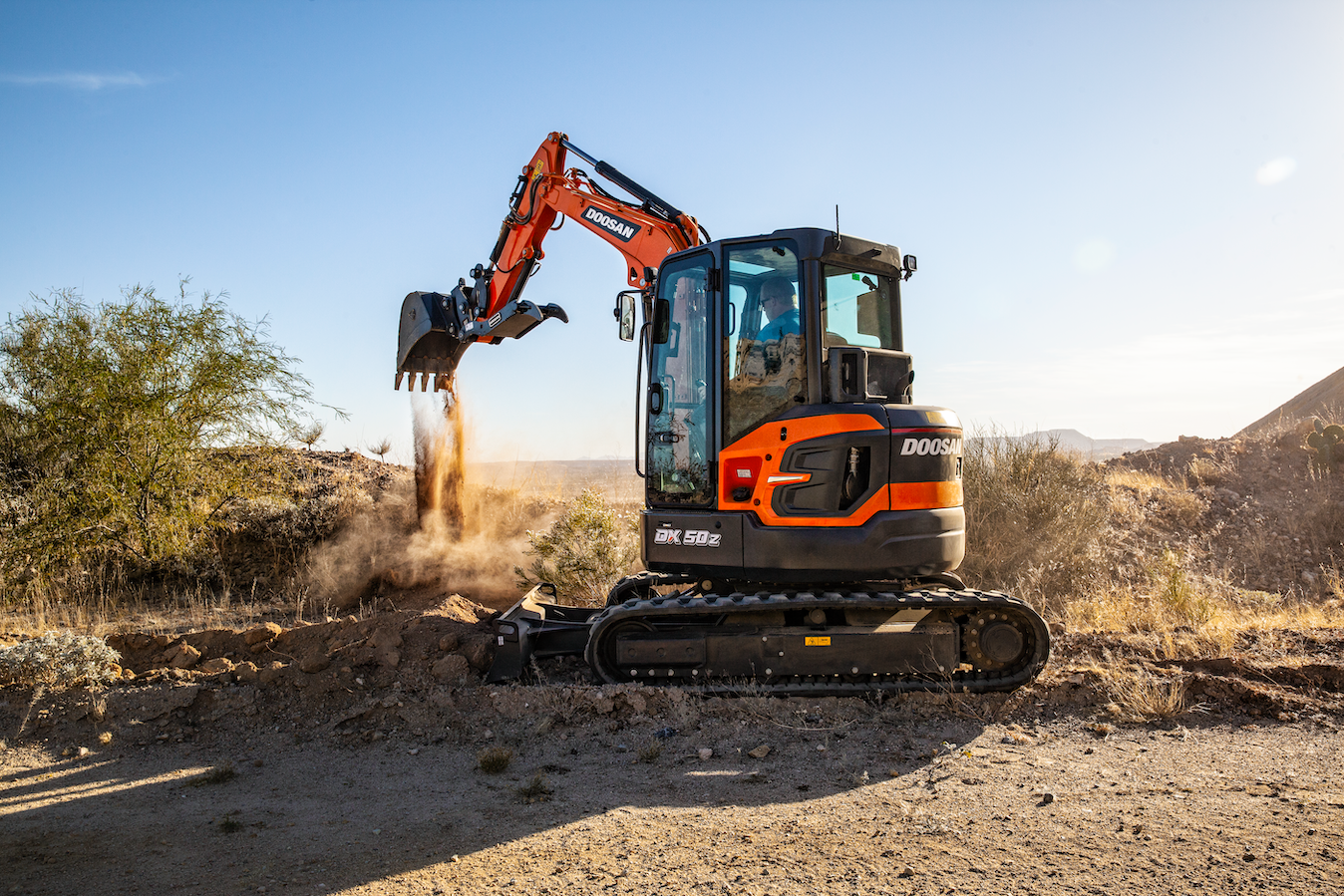JLG analyzer capabilities now available for phones, tablets
The same functionality you find on JLG’s Handheld Analyzer is now available on customers’ mobile devices. The new JLG BluetoothAnalyzer and Bluetooth Analyzer Reader feature in the JLG Mobile Control App allows users to troubleshoot, calibrate or customize their JLG mobile control equipped scissors with a smartphone or tablet, says Ara Eckel, director of product management for JLG connected solutions.
The new Bluetooth Analyzer feature allows users to view and edit machine parameters via their mobile device through an interface that’s similar to the physical analyzer. The Bluetooth Analyzer Reader enables users to view a summary of requested machine analyzer menus, as well as the ability to download and share files through a user’s smart device.
Both new Bluetooth-enabled features are supplemental to the Remote Analyzer tool, which is currently available as an option on JLG CAN-enabled ES and R Series scissor lifts equipped with the JLG Mobile Control module. These new Bluetooth features will be available on JLG RT and ERT rough terrain models in the near future.

Kohler’s KSD engines offer multiple fuel options including diesel, gasoline and propane.KohlerNew Kohler engine family aims for small displacement applications
Today’s sophisticated machines require engines that can integrate with complex control systems, and that’s the need Kohler addressed with the launch of its new KSD series engines.
There are three basic models in the lineup with more to come in the next few years:
KSD 1403NA, naturally aspiratedKSD 1403TC, turbocharged KSD 1403TCA, turbocharged with aftercooler
As to performance, the Kohler KSD engines develop 24 horsepower (18 kW) at 1,800 rpm and peak torque of 88.5 foot-pounds (120 Nm) at 1,400 rpm. At low speed, the KSD series offer 70 foot-pounds (95 Nm) at 1,000 rpm. In this horsepower range, the KSD engines comply with all global emissions standards and fuels. Multi-fuel solutions including diesel, gasoline and propane, are available.
According to the company, the new electronically controlled engines can be easily integrated with the more complex electronic systems of today’s machines without modifying the machine. Electronic controls allow the engine to maintain performance at high altitudes and optimize fuel consumption by matching the hydraulics to the engine load and speed. Engines can be set up for any duty cycle and can exchange data with the machine using minimal physical connections.
Dual side service access and flexibility in fan positioning enables these engines to fit a wide range of OEM machines. Remote monitoring for diagnostics and geo-location help customers stay on top of maintenance requirements. The engines are aimed at applications such as generators ag tractors, excavators, loaders, forklifts, compressors, dumpers, and mowers.
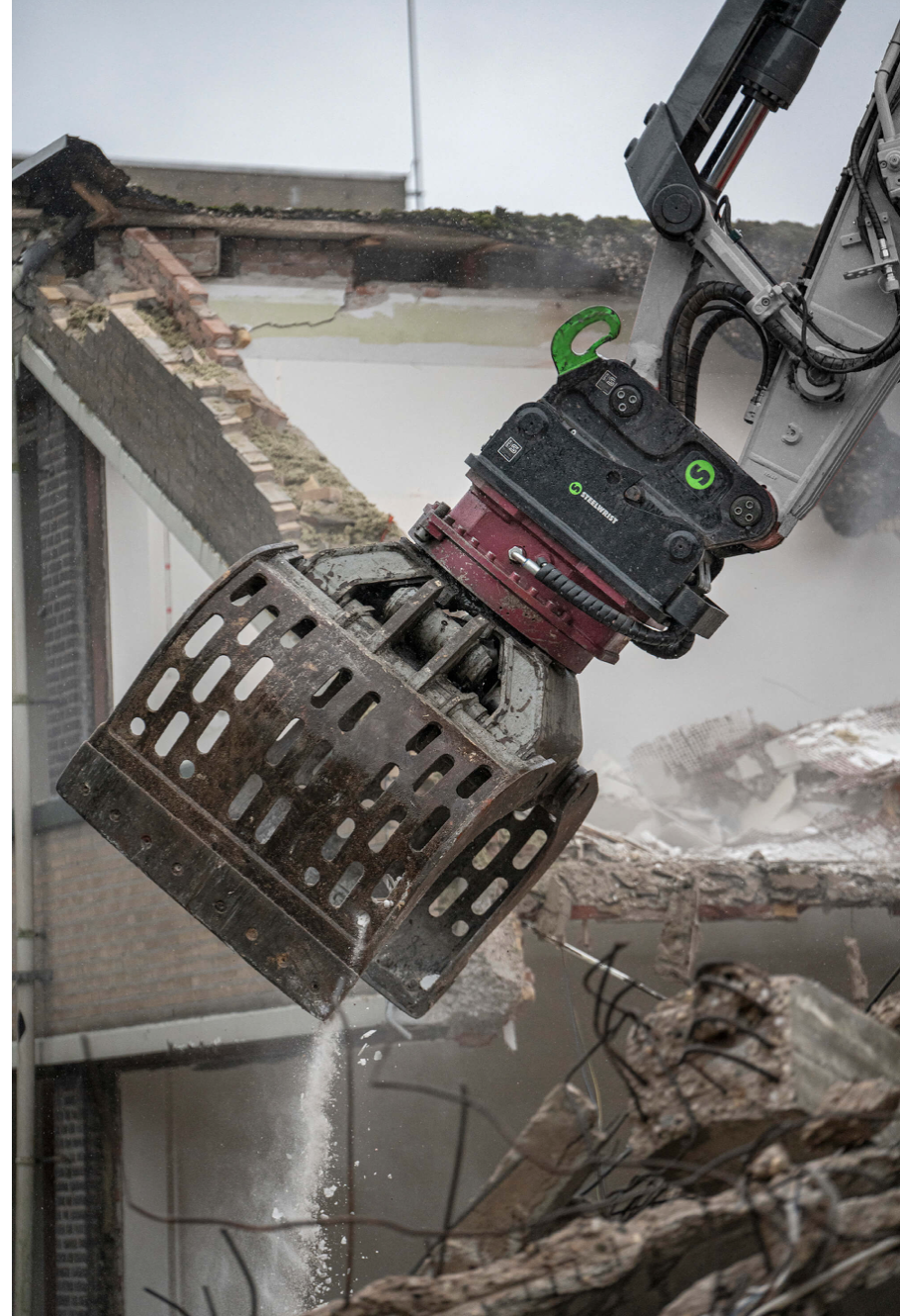
Demarec grapple with Steelwrist SQ coupler.SteelwristDemarec, Steelwrist sign cooperation agreement for quick couplers
Demand for quick couplers that enable operators to change attachments from the convenience of their cabs is growing. Demarec is jumping on the bandwagon with their agreement to use factory-installed Steelwrist automatic quick couplers.
The Steelwrist lineup adheres to the Open-S industry standard and includes the SQ60, SQ65, SQ70, SQ70/55, SQ80 and the recently introduced SQ90 — the biggest model to date. Demarec is one of the leading manufacturers of hydraulic attachments for the demolition and recycling industry with more than 25 years’ experience in the sector.
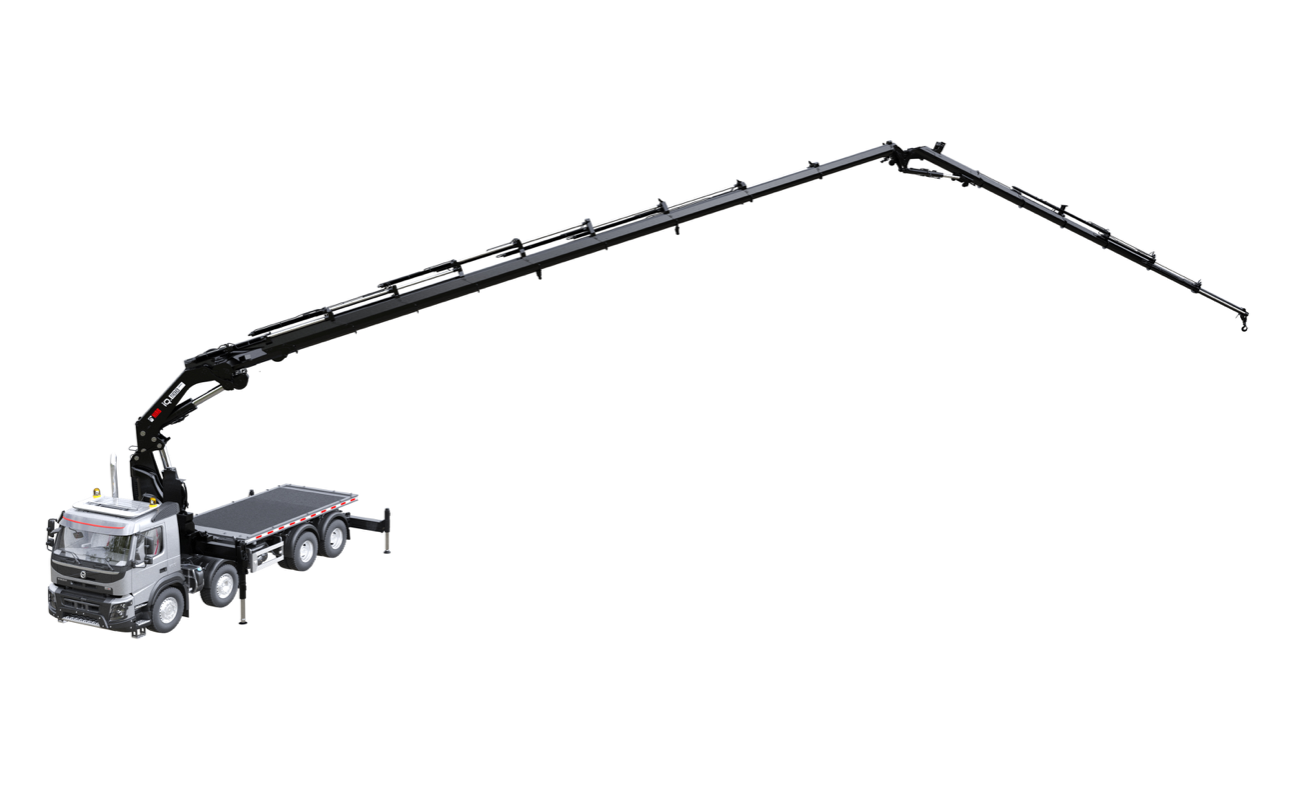
Hiab iQ.1188 HiPro in the extended mode.HIABNew super-heavy loader crane from HIAB
Hiab has launched the 110-tonne-meter ™ super heavy loader crane, the Hiab iQ.1188 HiPro with the company’s new control system to deliver new productivity and safety benefits. The new generation of loader cranes is based the SPACEevo system paired with the CombiDrive 4 remote control that is used for the first time on the Hiab iQ.1188 HiPro. Hiab is part of the Finnish company Cargotec, based in Helsinki.
The Hiab iQ.1188 HiPro is the company’s largest crane to date, offering long reach and significant lifting capacity in a lightweight, compact package. It delivers the performance of a 110-tm loader crane but is similar in size to a 90-tm model. This means it can be installed easily on four-axle vehicles, leaving room for payload, and reducing costs and fuel consumption.
The new SPACEevo control system allows the crane to be operated precisely at high speeds. The CombiDrive 4 control system provides more information, with bigger color screens, haptic feedback (vibrations) and increased battery life. Operators can personalize settings like speed and crane reaction. A new Confirm View feature increases safety by identifying the position of the operator compared to the stabilizers, so the stabilizers only open if the operator is positioned to see their movement.
Did you miss our previous article…
https://www.cityheartsaberdeen.com/?p=961






